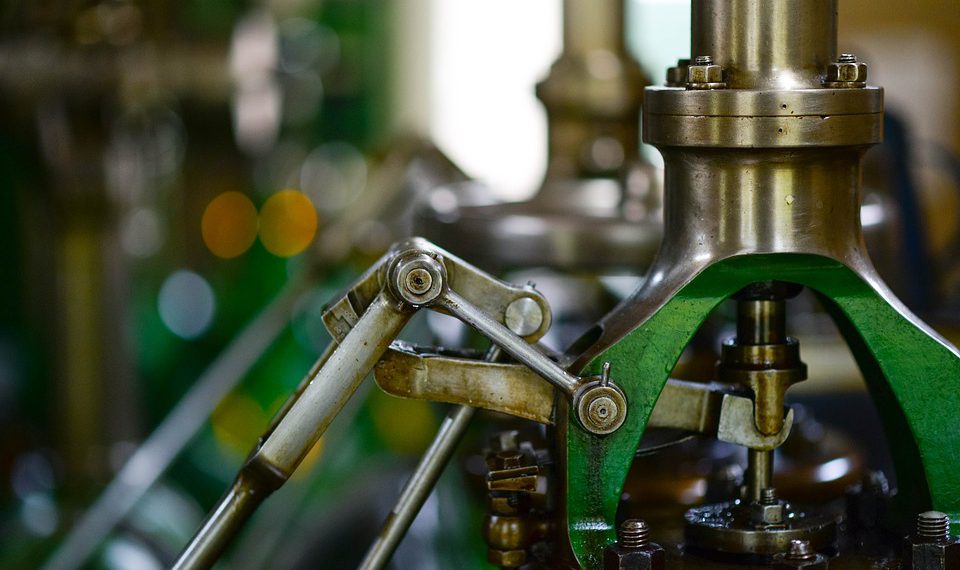Lagging prices in parts of the agrochemicals sector could catch up with growing volumes in 2019, helped by the recovery of Brazil’s agricultural sector, destocking of crop-protection producers, and the launch of new products, says Scope Ratings.
The mix should provide a counter-cyclical tailwind for integrated chemicals companies which have led recent industry consolidation—BASF, DowDuPont, ChemChina (Syngenta) and Bayer — and are looking to agrochemicals revenue growth and cost savings to help pay down merger-related debt.
“Stronger credit metrics could be the positive outcome,” says Klaus Kobold, analyst at Scope. Scope acknowledges that this outlook is vulnerable to external factors, such as escalating trade tensions, a decline in commodity prices in general and the devaluation of the exchange rates of middle-income countries with large agricultural sectors such as Brazil, says Kobold.
The global agrochemical market is made up two sub sectors of roughly equal size: Crop-protection products like pesticides and fertilisers. Scope treats pesticides, fungicides and herbicides similarly to specialty materials because the manufacturing process requires substantially more product knowledge. Fertilisers are more like a commodity, as they are sold in larger quantities and product prices are more transparent.
Demand for agrochemicals is driven by a diversity of factors: From prices for farm produce to the availability and quality of farmland, environmental regulation and shorter-term weather conditions. One consequence is that the global agrochemicals supply and demand follows their own cycle, not necessarily in phase with the global economic growth. Recent years are a good example, with a market contraction in 2015 followed by years of little or no recovery, despite sturdy global economic growth.
However, the cycle seems to have turned. Amid the powerful underlying demand driver of population growth and improving commodity prices—the World Bank forecasts mostly higher soft commodity prices for this year and next—the conditions are right for farmers to invest and plant more and be able to afford more expensive plant-protection products.
The latest indications from the corporate sector also support the view of an improving agrochemicals market, particularly in the crop-protection segment. Bayer Crop Science, DowDuPont’s Corteva Agriscience and ChemChina’s Syngenta have showed improved revenues this year and signalled favourable future pricing.
“It’s also worth noting that the recent consolidation in the agrochemicals sector should give players some extra pricing power,” says Kobold.
Biogas technologies for production of biomethane
The untapped feedstock potential for biomethane production in Spain is very large as the country has a very strong food...
Read more
















